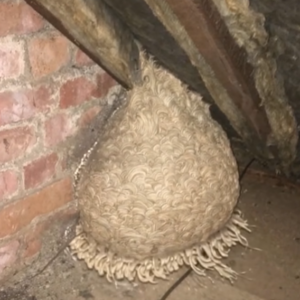Stale or Spoiled? Knowing the Difference with Bread
A loaf of bread sitting on the counter often raises a familiar question: is it simply stale, or has it actually gone bad? Bread is one of the most commonly wasted foods, largely because people are unsure when it crosses the line from edible to unsafe. The truth is that while bread can lose freshness quickly, not all changes mean it should be discarded.
What Stale Really Means
When bread becomes hard or dry, it isn’t spoiled—it’s stale. This happens through a natural process called retrogradation, in which the starch molecules in bread re-crystallize as moisture leaves. The result is a tougher texture and less pleasant flavor when eaten plain. Importantly, dryness alone does not make bread unsafe. As long as no mold is present, stale bread can still be enjoyed or repurposed in many ways.
Reviving Stale Bread
One of the simplest ways to bring stale bread back to life is to wrap it in foil and warm it in the oven for a few minutes. The heat softens the crumb and restores some of its original texture. Toasting is another easy solution, as the crisp edges and caramelized flavor can make even a dry slice taste better than fresh. These methods not only extend bread’s usefulness but also help reduce unnecessary food waste.





